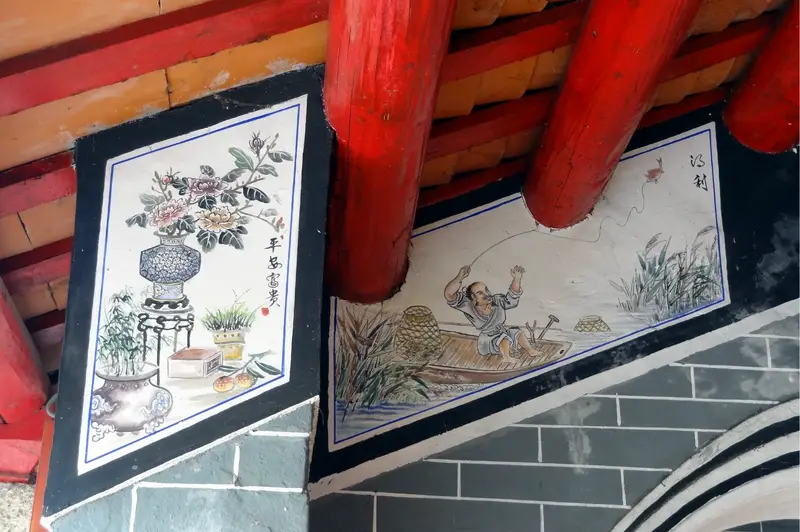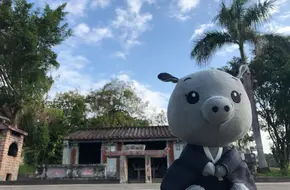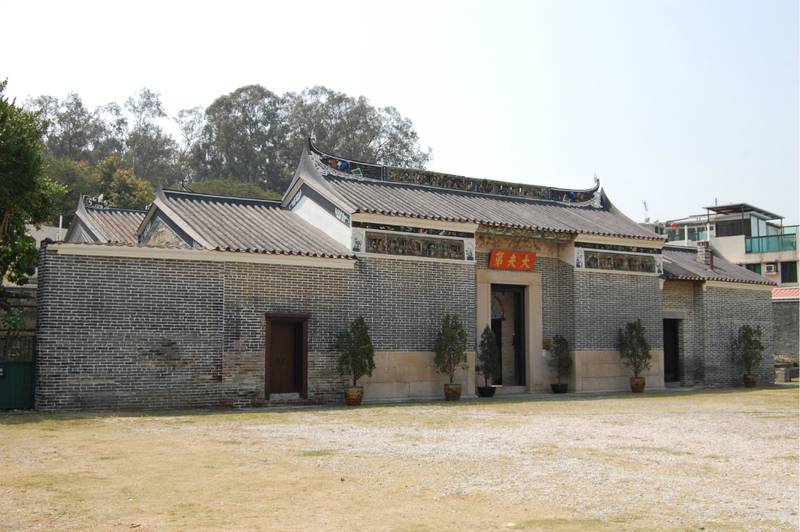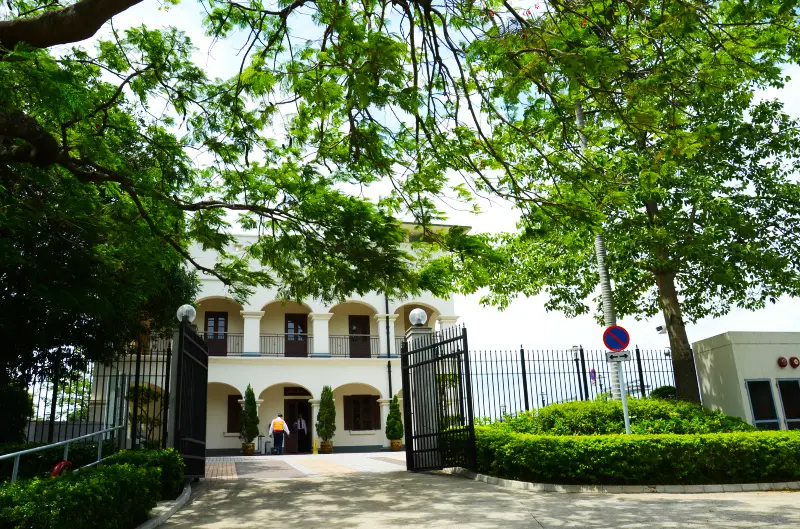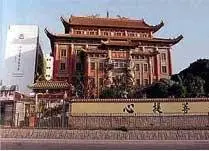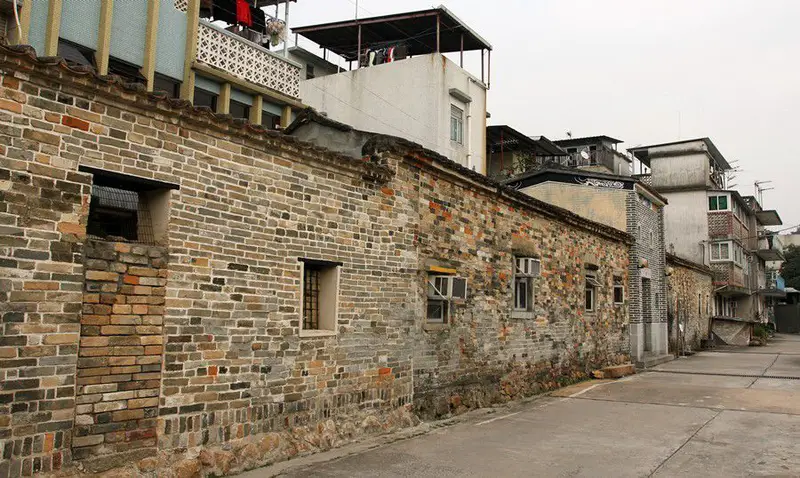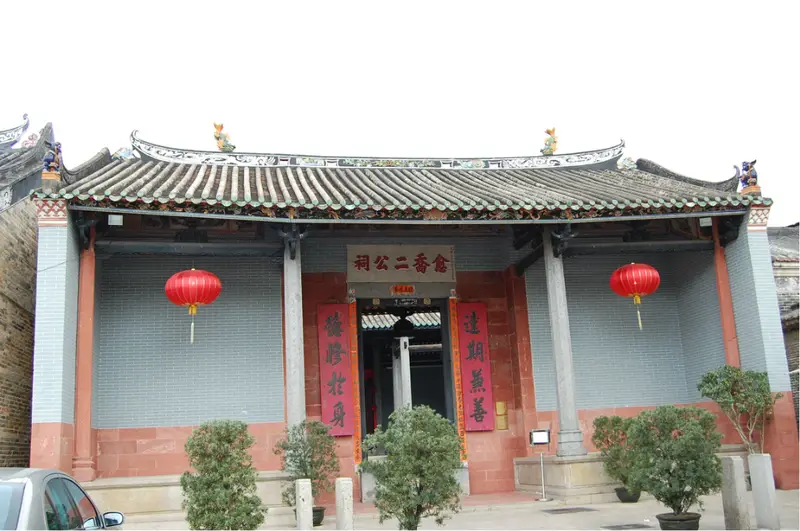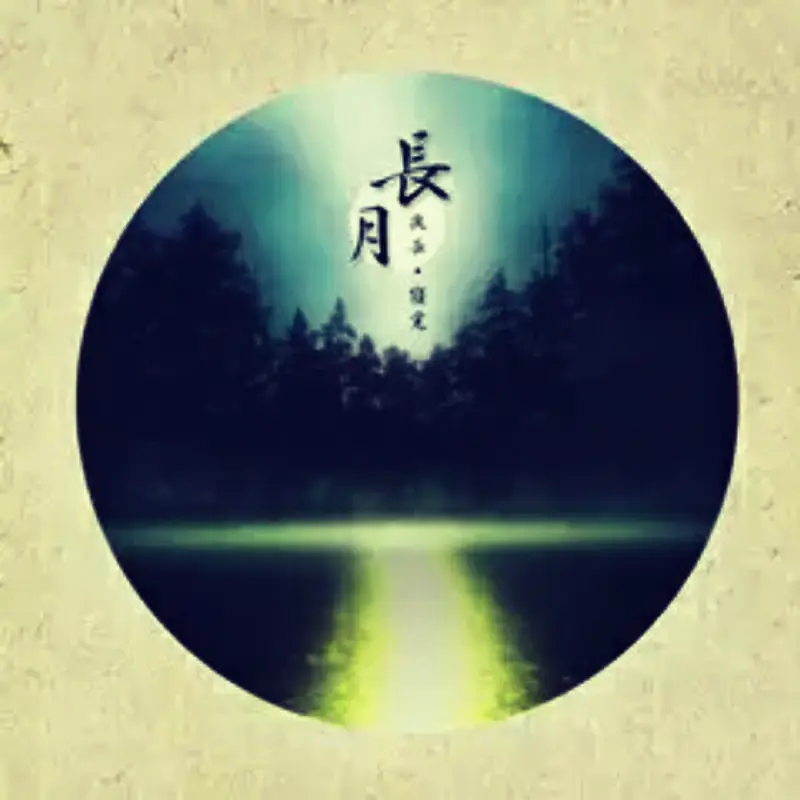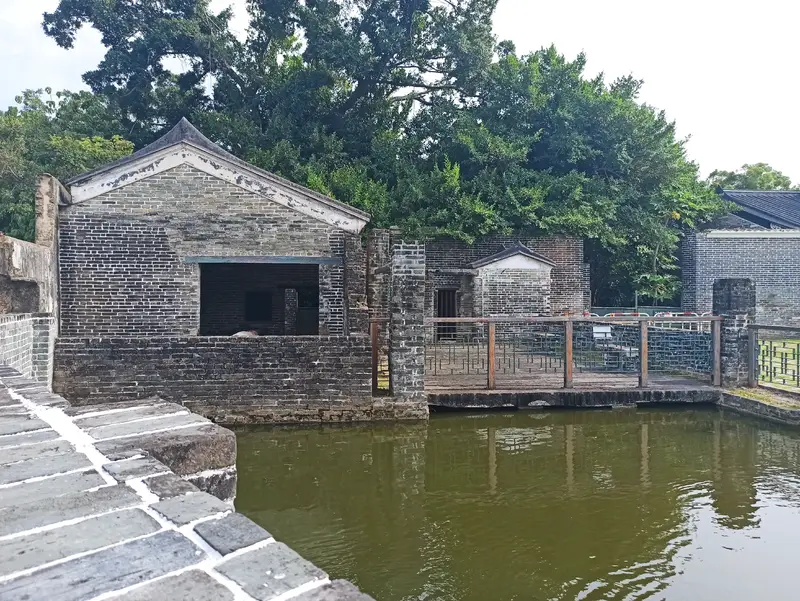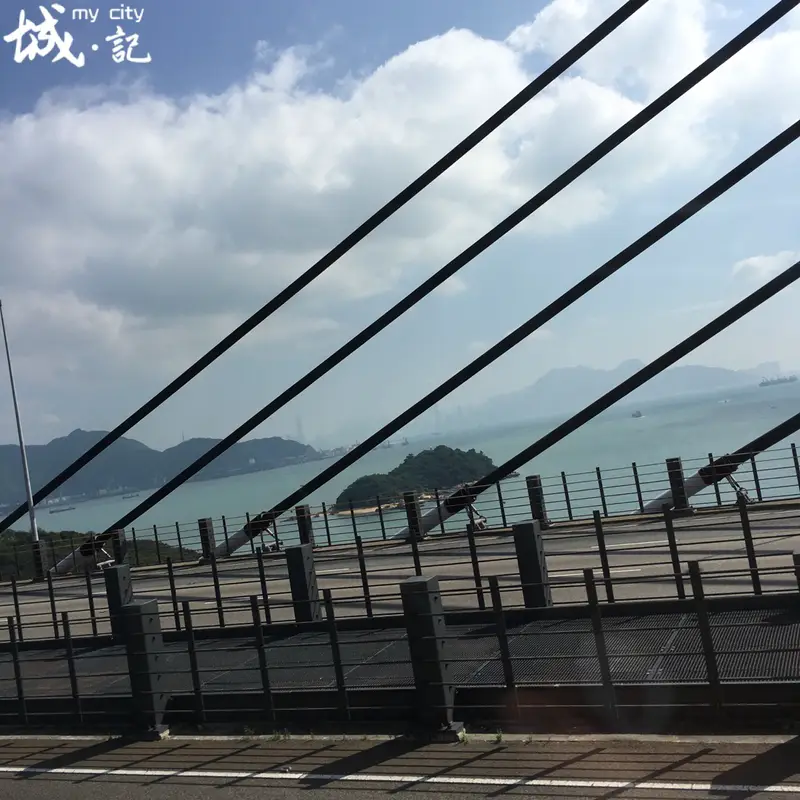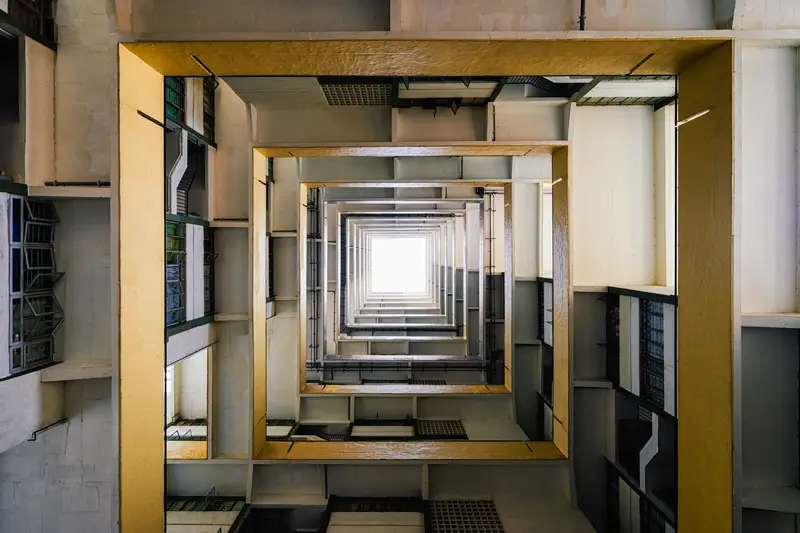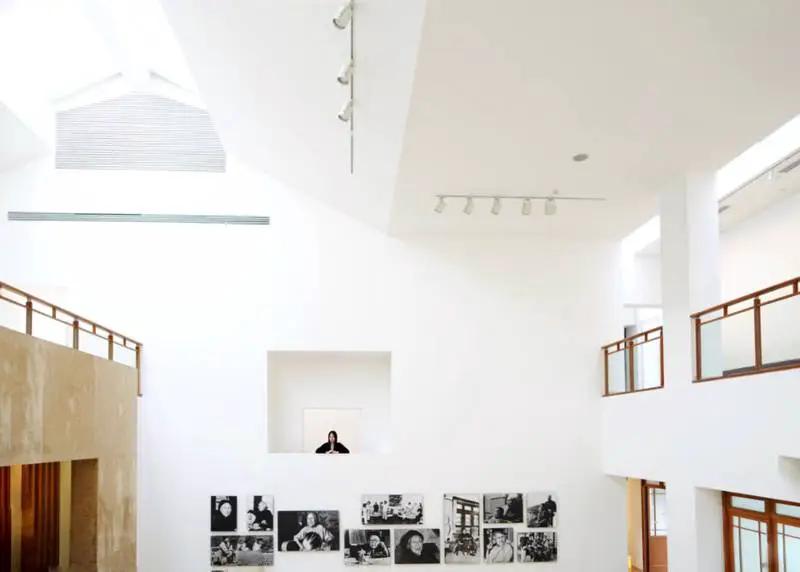Location & How to Get There
Ping Shan Yeung Hau Ancient Temple sits in the northwestern corner of Keng Tau Village, Ping Shan (also spelled “Ping Shan” in English), a historic area near Yuen Long, Hong Kong. While it’s technically in Hong Kong, its proximity to Shenzhen makes it a great day-trip destination. The temple is part of the Ping Shan Heritage Trail, a cluster of ancient sites showcasing Hong Kong’s rural past.
To reach Ping Shan Yeung Hau Ancient Temple, take the MTR to Yuen Long East Station. From there, hop on bus 76K or a green minibus (like route 77) toward Ping Shan. Get off at the village entrance and walk northwest—you’ll spot the temple’s iconic red-and-gold roof gleaming amid the trees. If you’re coming from Shenzhen, cross the Shenzhen Bay Border and take bus B3X to Yuen Long, then transfer to local transport.
Natural Scenery: A Glimpse of Old Hong Kong
Surrounded by lush trees and traditional houses, Ping Shan Yeung Hau Ancient Temple feels worlds away from city chaos. The temple’s courtyard opens to a peaceful view of nearby hills and rice paddies (depending on the season). You’ll hear birds chirping and maybe spot locals tending gardens—it’s like stepping into a time machine.
A short walk from the temple leads to a quiet path along Ping Shan’s streams, where you can snap photos of water buffalo or farmers working the fields. Don’t miss the 百年古樹 (century-old trees) near the temple entrance—they add a mystic vibe to the already-ancient setting.
Cultural Highlights: History & Architecture
Ping Shan Yeung Hau Ancient Temple, also called the Hau Wong Temple, honors Yeung Hau (a deified Chinese official who helped peasants during famines). Built in the Qing Dynasty, this temple is one of six in Yuen Long dedicated to Yeung Hau. Its wooden carvings, faded murals, and stone tablets tell stories of local folklore and imperial tributes.
Inside, you’ll find altars decorated with incense burners, lanterns, and offerings like fake money and fruit platters—all part of traditional Chinese worship. Look up: the ceiling’s intricate beam designs are a masterclass in old-school craftsmanship. Nearby, a stone tablet lists donations from villagers centuries ago, showing how deeply this place is tied to community history.
Practical Info: What to Expect
The temple is free to visit and open daily from morning till dusk. No need to book tickets—just walk in! However, be respectful: remove your shoes before stepping onto the temple’s main hall, and avoid loud conversations.
Facilities are basic but clean. There’s a small rest area with benches near the entrance, and a few local shops in Keng Tau Village sell snacks and water. If you’re hungry, try the dai pai dong (street food stalls) in Ping Shan village for cheap noodle dishes and Hong Kong-style breakfasts.
Exploring Beyond: Combine with Other Sites
After visiting Ping Shan Yeung Hau Ancient Temple, stroll along the Ping Shan Heritage Trail. This 1.5-kilometer route connects 11 historic spots, including an old walled village, a ancestral hall, and a Daoist pavilion. Allow 2–3 hours to explore the trail fully.
For a fuller day trip, pair your visit with a stop at Cham Shing Mun (a nearby fortified gate) or Tin Hau Temple in Yuen Long town. If you’re into hiking, the Pat Sin Leng mountain range is a 30-minute drive away, offering forest trails and panoramic views.
Why It’s Worth a Visit
Ping Shan Yeung Hau Ancient Temple isn’t about flashy attractions—it’s all about soaking in Hong Kong’s rural soul. Perfect for history buffs, photo enthusiasts, or anyone wanting to escape the city. Bring a camera, comfy shoes, and curiosity. And if you’re lucky, you’ll catch a local ceremony with lion dances or traditional music—a rare treat!
Pro tip: Visit on a weekday morning to avoid crowds. The temple’s serene vibe is best enjoyed when the village is still waking up.


